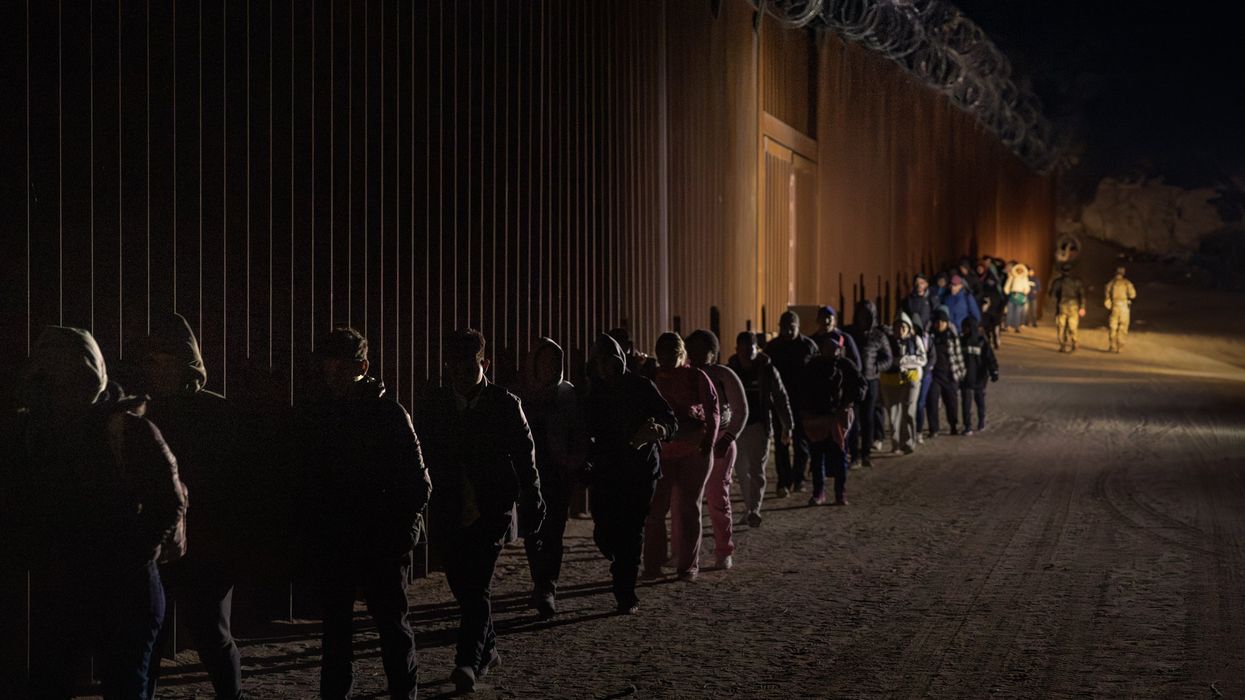Frazier is an assistant professor at the Crump College of Law at St. Thomas University. He previously clerked for the Montana Supreme Court.
Immigrants have long played an essential role in furthering the American Dream. They have shaped our democracy – eight members of the Constitutional Convention were born outside of the United States. They have developed, refined and spread transformative technologies – you can thank a Scotsman, Alexander Graham Bell, for the telephone. And, they have held us accountable to our ideals by exposing greed and corruption – Jacob Riis, a Dane, and Mary Harris “Mother” Jones, born and raised in Ireland, are responsible for a lot of “good trouble.”
Countless other examples are out there – and they all speak to the central role immigrants play in improving and transforming America. Despite those case studies having been shared and celebrated on numerous occasions, they deserve to be repeated more frequently and more loudly – especially because America’s future as an innovative, inclusive and democratic country hinges on continuing to welcome individuals from around the world.
In the Age of AI, the American Dream must undergo yet another evolution, focusing less on individual success and financial posterity and more on our collective well-being and resilience. That may sound like a bunch of buzzwords, but there’s a whole lot of substance behind the idea of resilience.
A resilient America learns from its mistakes. By way of example, instead of sitting on our hills and allowing social media platforms to wreak havoc on our elections, on our children and on our culture, a resilient America will coordinate and collaborate to direct emerging technologies toward the public interest. A resilient America methodically plans for natural disasters and prepares every Joe and Jane, Jack and Jill, José and Julia for worst-case situations. And, a resilient America updates its democratic institutions, norms and values to align with the times and to adjust to new challenges.
Realizing this new American Dream will be far easier if Congress reaches a compromise to welcome those who share that vision — subject to going through a fair and efficient naturalization process. As made clear by current debates related to migrants attempting to enter the U.S. via our southern border, the status quo is ill-suited to a world in which environmental shifts and technological disruptions will inevitably lead to more immigration. The need to regulate and understand artificial intelligence is a great example — this novel technology poses pros and cons that transcend borders and require analysis from a broad range of experts. If America tries to take on these challenges alone, there’s a good chance that we will miss out on the best policies and practices. If we instead aim to become a global hub for the brightest thinkers and tinkerers in this field, then we will have much better odds of detecting risks and dispersing benefits.
Thankfully, President Joe Biden’s administration has expressed an intent to recruit and retain AI experts from around the world. His executive order on AI specifically addressed reforms that would make it easier for researchers and developers to come to the United States. In practice, though, other planned policies may hinder that goal. As reported by Bloomberg, proposed changes to the H-1B visa program may contradict Biden's efforts to create an international AI talent pipeline. As it stands now, the regulation would rely on a narrow definition of "speciality occupation" to decide who may qualify for expedited entry into the country. This definition would not include individuals with a general degree such as engineering. The proposal should be scrapped or amended. Now’s not the time for drawing arbitrary lines that diminish our collective capacity to solve major problems.
From AI to whatever challenges lie ahead, a more resilient America will be much easier to achieve if we can tap into the world’s diversity of perspectives and expertise. This version of the American Dream is one that should transcend political lines and unite us all around a future in which more people have confidence in our institutions, our communities and our collective ability to withstand an increasingly chaotic and unpredictable world.





















